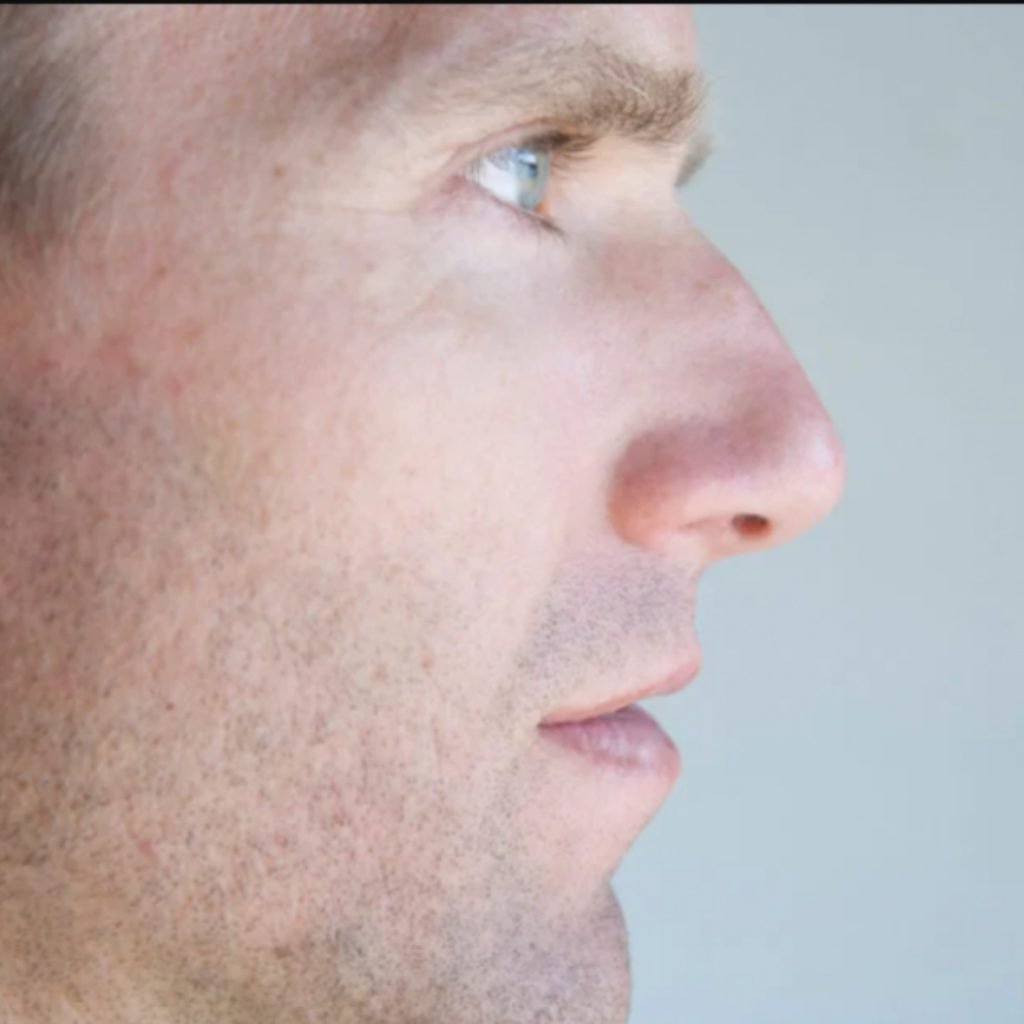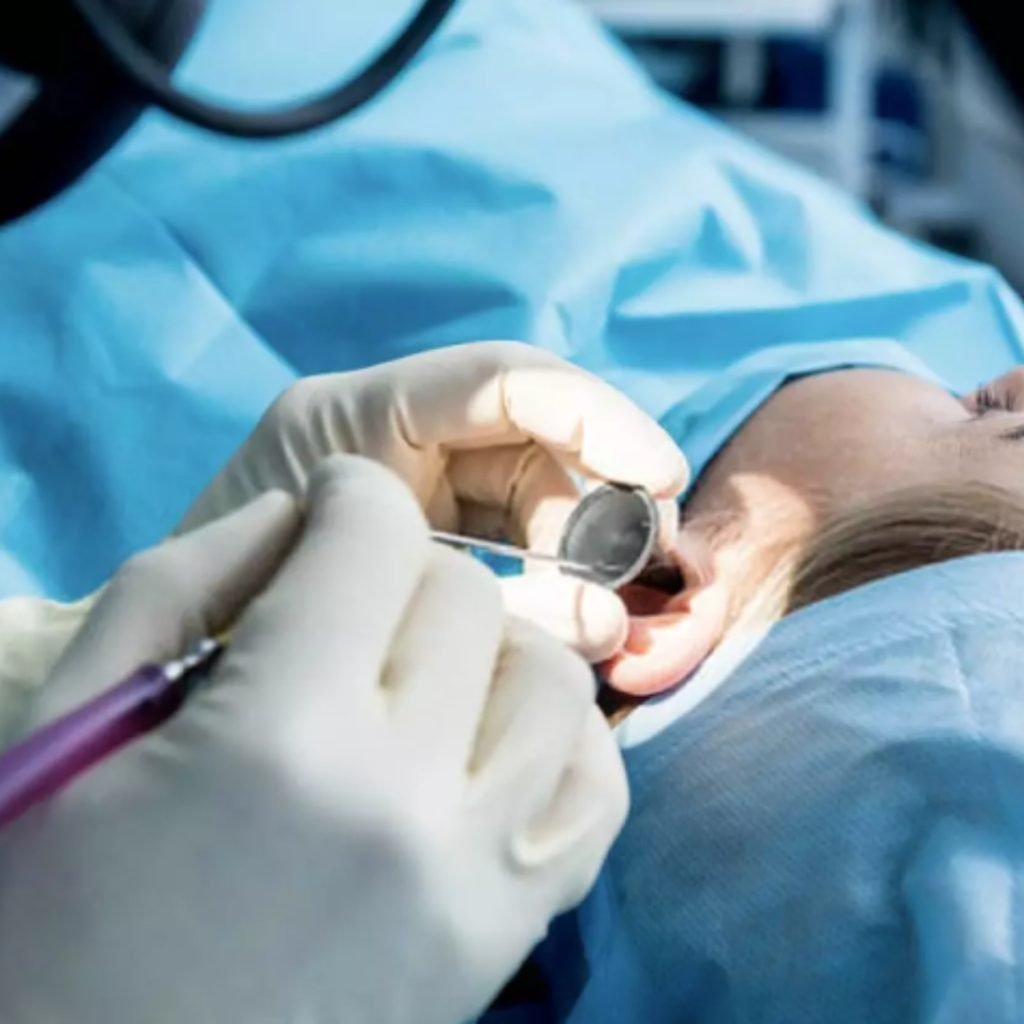All Departments
- Adenoidectomy
- Ear Infection
- Eardrum Surgery
- FESS ( Functional-Endoscopic-Sinus-Surgery)
- Mastoidectomy Surgery
- Myringotomy
- Nasal Polyps Surgery
- Septoplasty
- Sinus Surgery
- Stapedectomy
- Throat Surgery
- Thyroidectomy
- Tonsillectomy
- Tonsillectomy
- Turbinate Reduction
- Tympanoplasty
- Vocal Cord Surgery
Emergency Cases
917838450942
Septoplasty
Best Septoplasty treatment centers in India
Septoplasty is a significant surgical procedure that, if not done properly, can lead to serious complications. Hence, Doxtreat has partnerships with the top ENT clinics in India to guarantee effective treatment and a pain-free surgical experience. Doxtreat also operates cutting-edge ENT clinics where patients may get professional advice and treatment for a deviated nasal septum.
All Doxtreat treatment facilities feature cutting-edge, modern infrastructure where skilled ENT experts with 10+ years of expertise perform USFDA-approved, minimally invasive septoplasty.
Moreover, at Doxtreat, every step of the patient’s journey through treatment is improved to provide seamless care. A care coordinator handles all of the post-op paperwork, such as hospitalisation, insurance claims, discharge summaries, etc. Also, the patient receives a free taxi ride and a dinner before the procedure. To learn more, get in touch with us at the provided number.
What happens during Septoplasty treatment?
Diagnosis
Imaging studies are used in conjunction with physical examinations to make the diagnosis for septoplasty surgery. In order to determine whether you have any breathing problems, the ENT specialist will gather your medical history during the physical examination. After that, he will peek into your nostrils using a speculum to assess the severity and intricacy of the septal deviation.
An X-ray may be required after a physical examination to assess the patient’s nasal bone structure and establish the intricacy of the deviation. Moreover, a nasal endoscopy might be done. In order to view the interior structures and choose the best course of action, the surgeon inserts an endoscope—a light with an attached camera—through the nostrils.
Surgery Procedure
By removing, moving, and replacing the bone or cartilage that make up the nasal septum, a procedure known as septoplasty can straighten the nasal septum. Currently, septoplasty is carried successfully with little intrusion and without significant consequences, due to medical breakthroughs.
Septoplasty can be carried out under local or general anaesthesia, depending on the treatment’s complexity and whether it’s being paired with another surgical procedure (such FESS, tonsillitis, etc.). To reach the bone and cartilage inside the septum, the surgeon creates a tiny incision. Parts of the bone are removed in cases of bony deviation, and the empty area is replaced with grafted tissues.
The incision is closed with an absorbable suture once the structures have been realigned and reinforced, and silicone splints are put into both nostrils to maintain the septum. In order to assist control the bleeding, the surgeon also packs the nose with bandages.
As the procedure is often performed as an outpatient, the patient can return home that same day and recuperate there. However, before flying or engaging in any demanding activities, patients require consent from their ENT physician and monthly postoperative appointments.
How to prepare for Septoplasty?
It is necessary to meticulously prepare for a septoplasty procedure to prevent postoperative problems. You can get ready for the procedure by using the advice provided:
- Your whole medical history, including details about your food and medical sensitivities, must be given to your ENT surgeon.
- Blood thinner dose should be discussed with both your primary care physician and your ENT specialist in the days preceding surgery if you have any bleeding or clotting issues for which you are taking blood thinners.
- Smoking and other tobacco use hinder healing and raise the possibility of problems, so give up smoking at least a week before surgery.
- Avoid eating or drinking anything after midnight the day before surgery if you are having surgery under general anaesthesia.
- The day before the procedure, avoid wearing any jewellery, including nose rings and cosmetics.
- For comfort throughout the procedure, dress in loose-fitting attire.

What to expect after a Septoplasty?
When the procedure is done through the nostrils, there is no visual impairment afterward. The patient almost never even develops black eyes. Due to the surgical incisions, packing, and splints, there is some pain and discomfort.
Surgery-related edoema and drainage might remain for two to three days, respectively. In most cases, over-the-counter painkillers like NSAIDs (paracetamol, ibuprofen) are sufficient to control the pain. Saline sprays, irrigation solutions, and other remedies can be used by the patient to relieve nasal congestion. As the splint is removed, the patient’s breathing will improve, but full recovery will take at least three months.

When is a Septoplasty required?
Septoplasty is usually required in the following cases:
- Obstructive sleep apnea: A deviated nasal septum can cause gasping and a sense of choking as you sleep, which is referred to as OSA. As a result, a person may develop insomnia, which is characterised by a protracted lack of sleep, agitation, and general rest.
- Persistent headaches: Due to the continual tension on the muscles surrounding the nose caused by the patient’s effort to breathe, a deviated nasal septum can cause significant face discomfort and migraines.
- Chronic/recurrent nasal conditions: A deviated nasal septum is frequently associated with postnasal drip and sinus infections. Rhinitis and sinusitis are frequent aftereffects of septal deviation that interfere with the patient’s life, despite the fact that they are frequently mistaken for allergies
- Severe nosebleeds (epistaxis): Even while nosebleeds are typically considered to be minor problems, severe and frequent nosebleeds, also known as epistaxis, brought on by tension headaches and nasal drips, can occasionally be fatal.
- Respiratory issues: The most frequent and significant health problem associated with a deviated nasal septum is breathing problems brought on by a reduction in lung airflow.

What are the benefits of a Septoplasty?
- Enhanced breathing: By widening the nasal passageways, septoplasty increases the patient’s capacity for breathing in general and increases airflow to the lungs.
- Improved sleep: Obstructive sleep apnea caused by a misaligned septum might result in poor sleep. By removing the blockage, snoring quality and airflow are improved with septoplasty.
- Less sinus infections: Septoplasty aids in enhancing mucus outflow from previously partially or entirely clogged sinuses, reducing the likelihood of new sinus infections.
- Improved Senses: Septoplasty allows for a greater passage of oxygenated air to the body, which enhances perceptions in people who have impaired taste or smell.

Recovery tips after Septoplasty
While recovery from septoplasty is a long process since the tissues need time to adjust to their new placements, most patients report that their breathing has significantly improved within 2-3 weeks following the procedure. After a septoplasty, the cartilage and nasal tissues might take up to three months to fully recover.
You can improve your recovery by following the given instructions:
- Keep the bandages and surgery site clean and dry. If you wish to wash your face, do so with a wet towel and remove the discharge from the surgery site with a cotton swab.
- Dry off and keep the bandages and surgery site clean. If you wish to wash your face, use a wet towel and a cotton swab to remove any discharge from the surgery site.
- Sports and intense activities should be avoided until your doctor provides the go-ahead since they might hinder the healing process and raise the possibility of harm to the operated region.
- Relax as much as you can so that your body can concentrate on mending.
- Eat less hot or spicy food since they might cause swelling and fluid accumulation in the sinuses and nose.
- Walking for brief periods of time can help you keep active during the healing process, enhance blood flow, and lessen the effects of the anaesthetic.
- Eat a healthy diet and drink plenty of fluids.
- Wearing eyeglasses or sunglasses might put pressure on the healing nasal tissues and cause them to move from their new placements. Avoid wearing either.
- Adhere to your doctor’s postoperative instructions and take all of your medications as directed.

